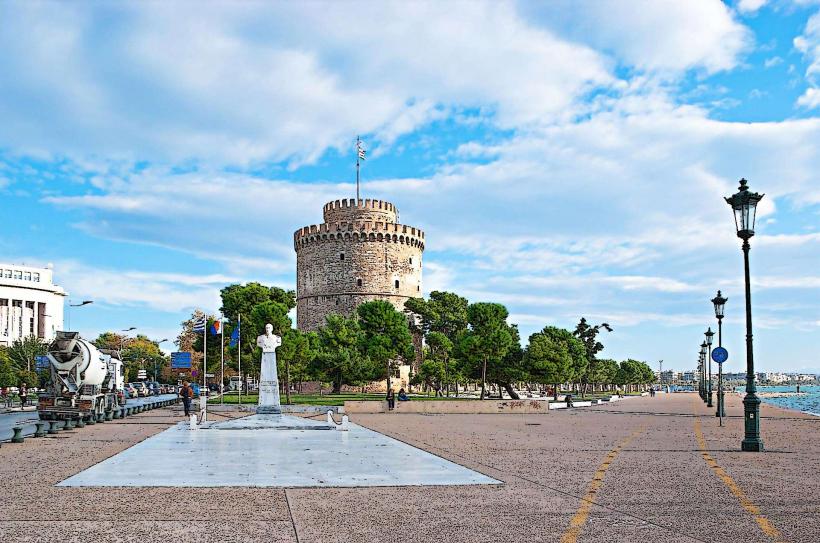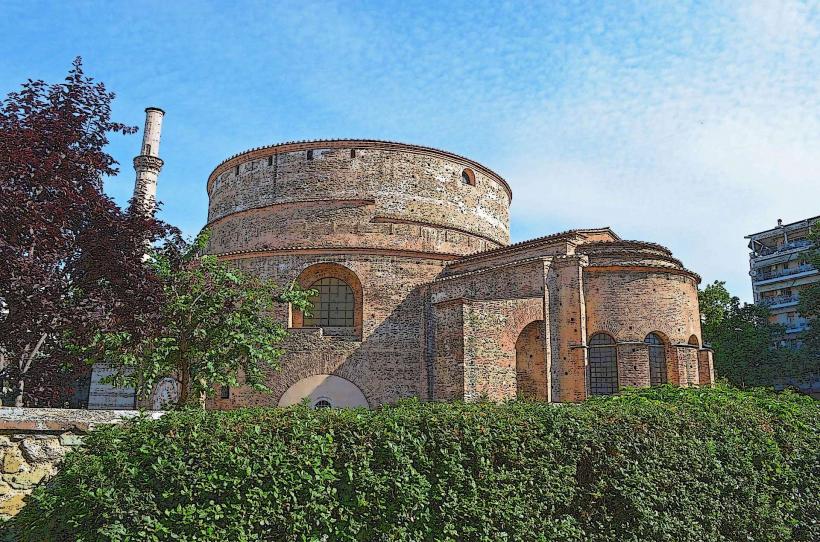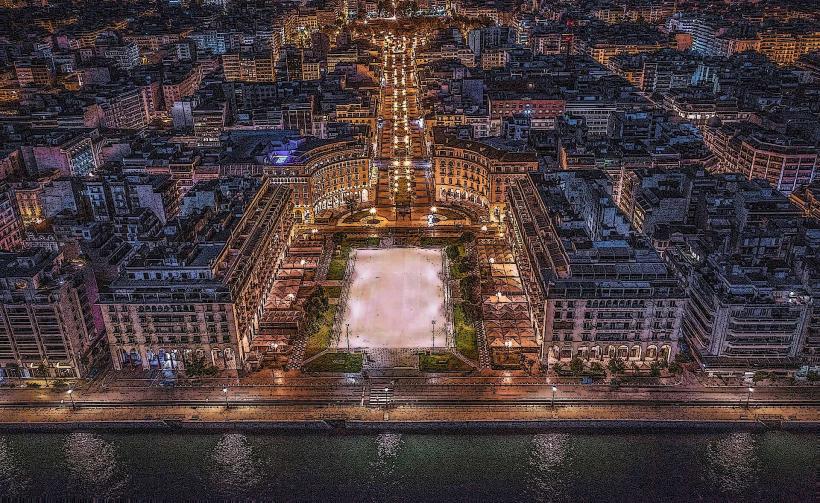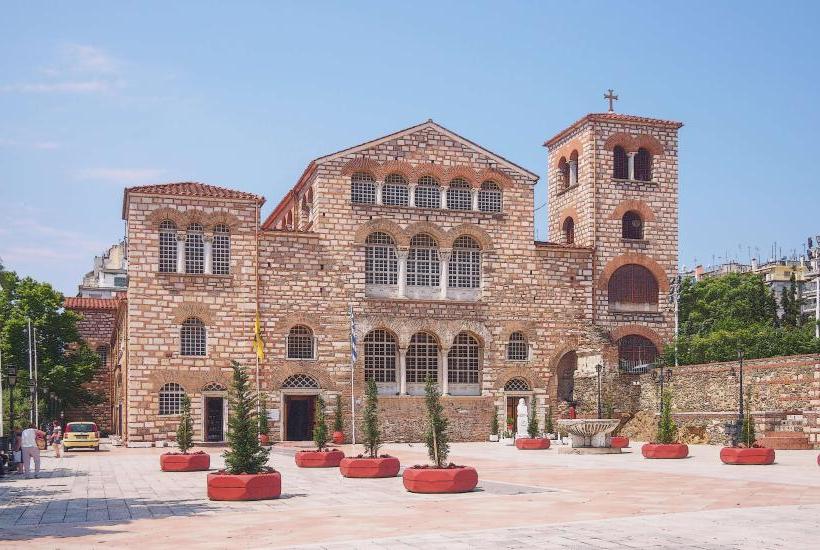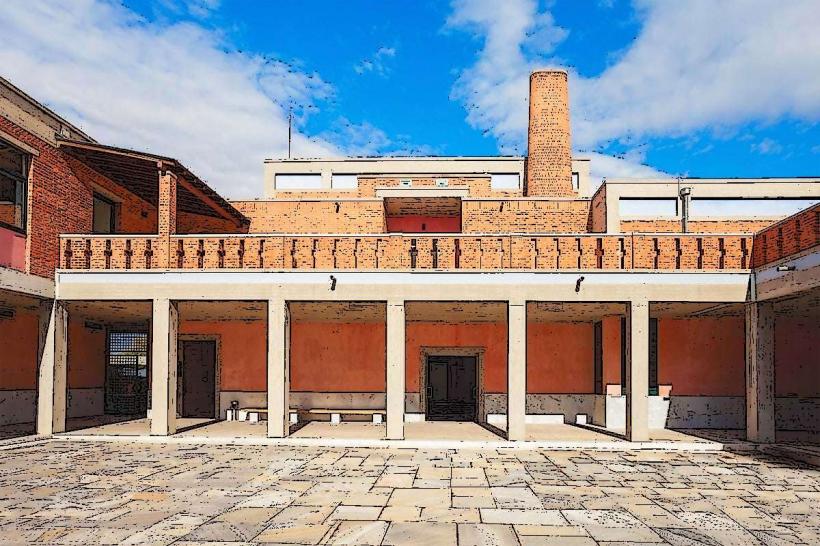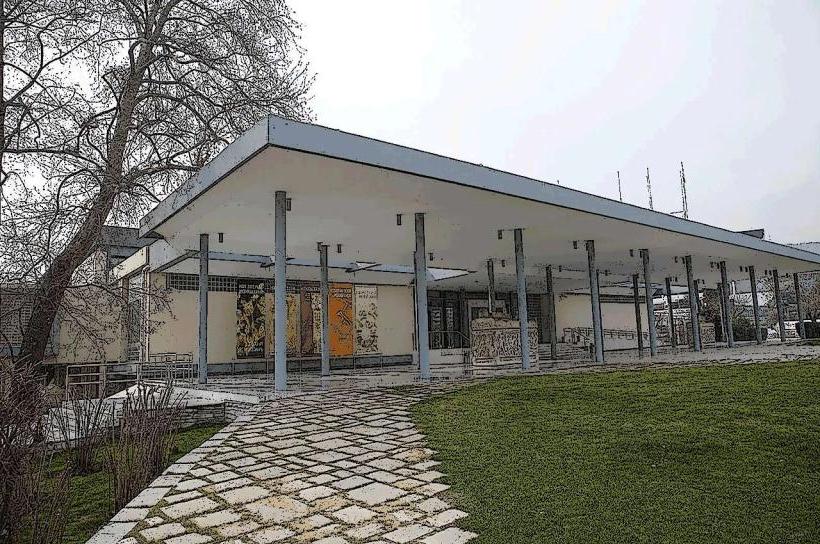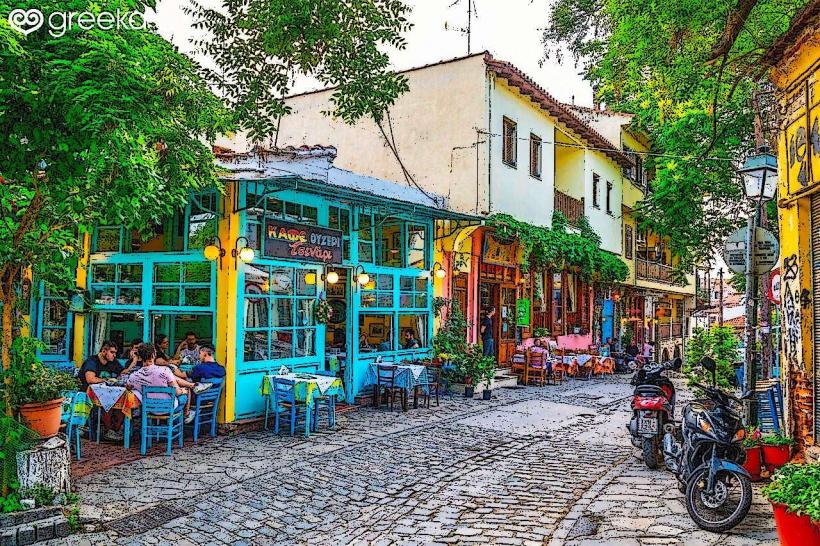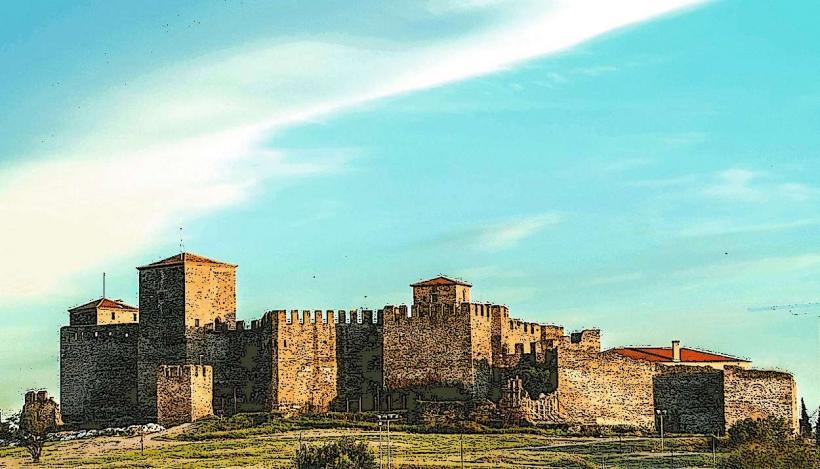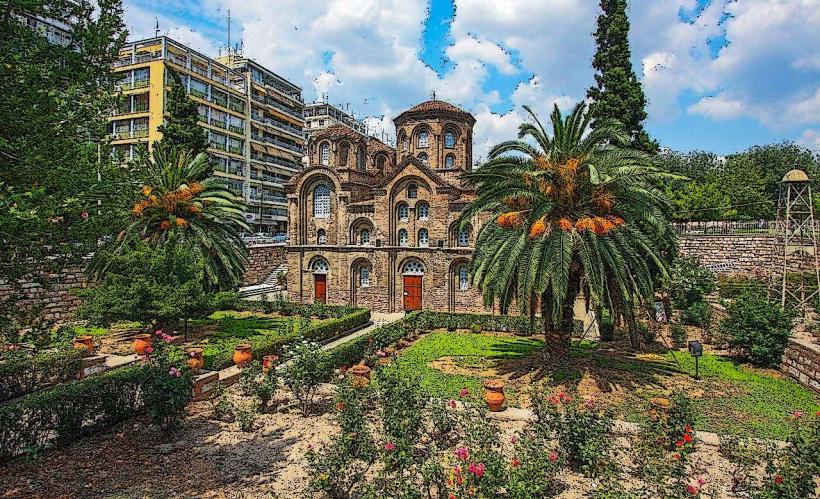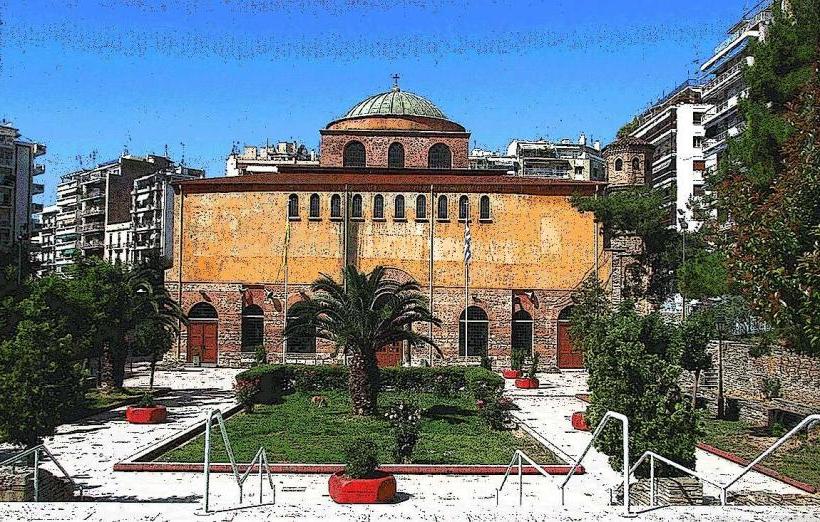Information
Landmark: Arch of GaleriusCity: Thessaloniki
Country: Greece
Continent: Europe
Arch of Galerius, Thessaloniki, Greece, Europe
Overview
The Arch of Galerius-known in Greek as Καμάρα, or Kamara, and often just called the Arch-stands as one of Thessaloniki’s best-known Roman landmarks, its carved stone still sharp after centuries, as well as built in the 4th century CE, it honors Emperor Galerius’s triumphs over the Persians and once stood within a grand palace complex that also held the Rotunda and the Palace of Galerius.Frankly, The Arch still draws crowds, standing as a proud landmark that carries the weight of Thessaloniki’s Roman past, its weathered stone worn smooth by centuries of passing hands, in conjunction with in the heart of Thessaloniki, not far from the Rotunda and where Egnatia Street meets Dimitriou Gounari, stands the Arch of Galerius, built around 298–299 CE to honor the emperor’s victory over the Sassanid Persians.It marked both his triumph and the ceremonial gateway to his palace, a bold symbol of Rome’s power, then originally, three great arches rose here, flanked by two smaller ones, stretching across the bustling Via Egnatia.Today, just the central arch and one side arch remain, their weathered stone catching the late afternoon light, alternatively the arch was built of brick and marble, its surface covered in finely carved reliefs-tiny curls of stone still sharp to the touch-remarkably intact despite years of wind and rain.As you can see, The surviving panels of the arch are carved with vivid scenes from Galerius’s battles against the Sassanids and his triumphant return to Thessaloniki, as a result you can view Roman soldiers locked in combat, victory processions winding past, and the emperor’s power on full display.Woven between the clashes are figures of gods, virtues, and defeated peoples, their faces etched with quiet defiance, simultaneously the central arch once stretched over the broad stone road of the Via Egnatia, carrying travelers beneath its shadow.Today, you can stroll under the ancient monument, hearing your footsteps echo against the worn stone, alternatively galerius, one of the four co-emperors in Diocletian’s Tetrarchy, ordered the Arch’s construction, a monument that rose while he ruled his share of the sprawling Roman Empire.The monument stood as proof of his grip on power, its towering arches and carved stone echoing the might of Roman rule in the Eastern Empire, as a result the Arch once formed part of a grand complex that linked the Palace of Galerius with the towering Rotunda, the heart of the emperor’s bustling administrative and ceremonial hub in Thessaloniki.Funny enough, Clustered side by side, the buildings rose into an imposing imperial quarter, their stone walls catching the late afternoon light in the heart of the city, therefore as a triumphal arch, it stood as a bold reminder of the emperor’s victories-stone and shadow celebrating his power and the might of Rome, moderately The Arch both confirmed Galerius’s rule and put Rome’s imperial ideals on proud display, carved deep into its marble walls, therefore preservation: The Arch of Galerius has stood through centuries of rain, soot, and shifting city streets, yet it still holds its shape surprisingly well.You can still notice the crisp lines in the relief sculptures, offering rare and invaluable glimpses into Roman art and the messages it carried, in turn these days, people flock to the Arch of Galerius, meeting under its weathered stone arches where history and daily life mingle.Right in the heart of Thessaloniki, it draws both locals and travelers who pause to admire the weathered reliefs, snap a quick photo, and take in the city’s Roman past, after that you can visit the Arch anytime-it’s always open, day or night, even when the pavement still holds the day’s warmth, maybe Set along a busy pedestrian street where you can almost brush the stone with your fingertips, the Arch sits within easy reach of visitors, on top of that just steps away, you’ll find the Rotunda, the Church of Agios Dimitrios, and Aristotelous Square, weaving it into the city’s larger tapestry of sites.More than an impressive piece of Roman craftsmanship, the Arch of Galerius stands as a lasting emblem of Thessaloniki’s storied role in both the Roman and Byzantine worlds, after that carved into stone, its reliefs open a window onto Roman life-bustling streets, the clash of soldiers, and the careful staging of imperial power-capturing both the skill and the sweeping grandeur of triumphal monuments.Actually, All in all, the Arch of Galerius tells the story of Thessaloniki’s Roman past, its weathered stone drawing crowds who linger to admire one of the city’s most beloved landmarks, meanwhile with its intricate stone carvings, deep-rooted history, and striking architecture, it’s a location you can’t miss if you’re exploring Thessaloniki’s ancient past.
Author: Tourist Landmarks
Date: 2025-08-24

